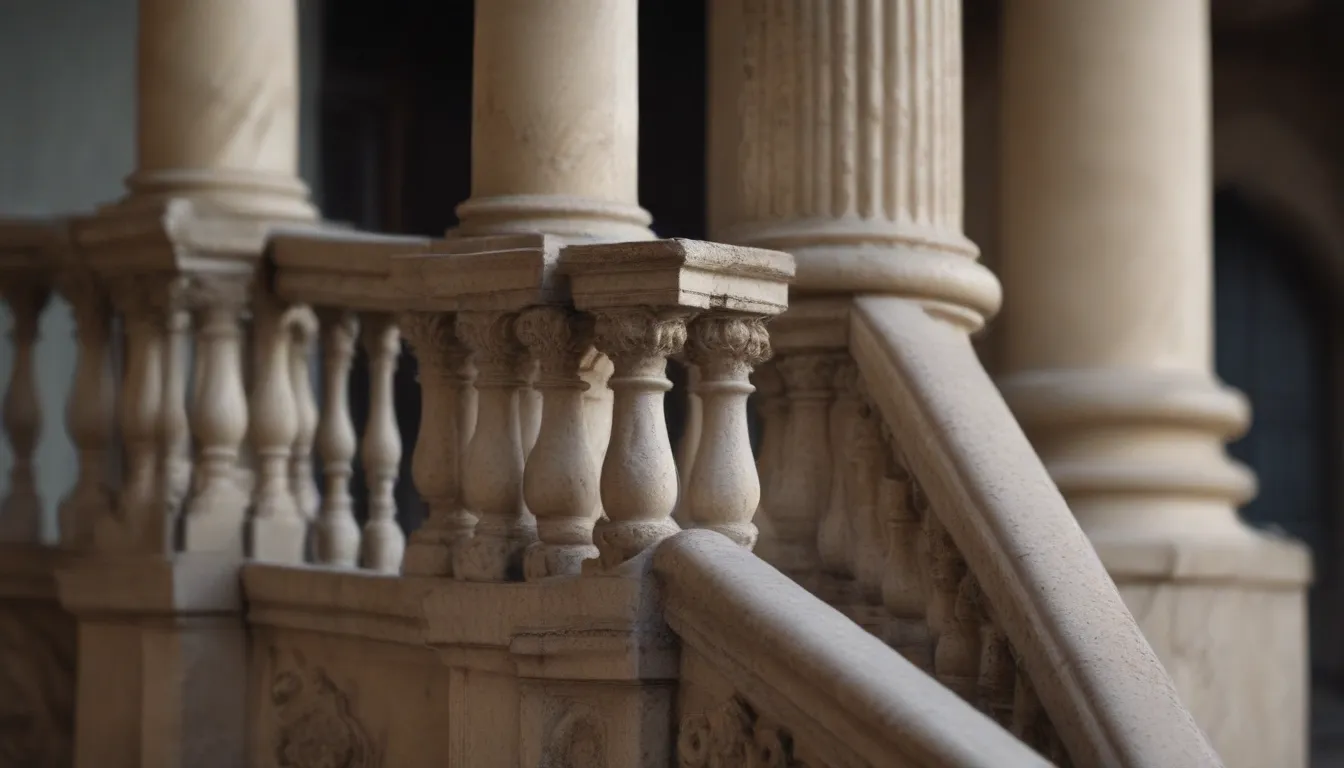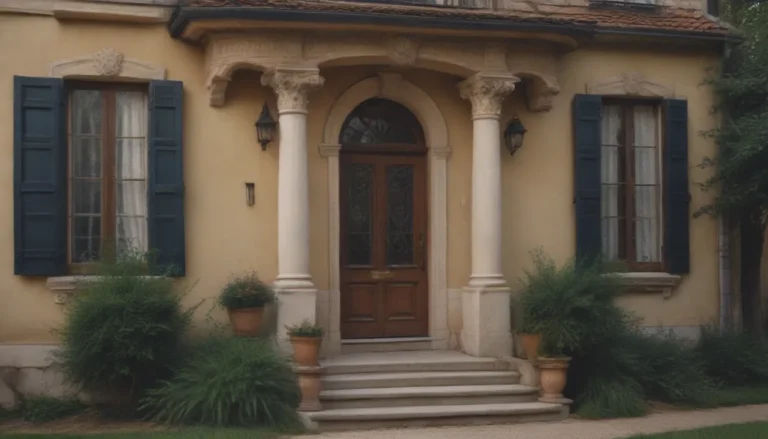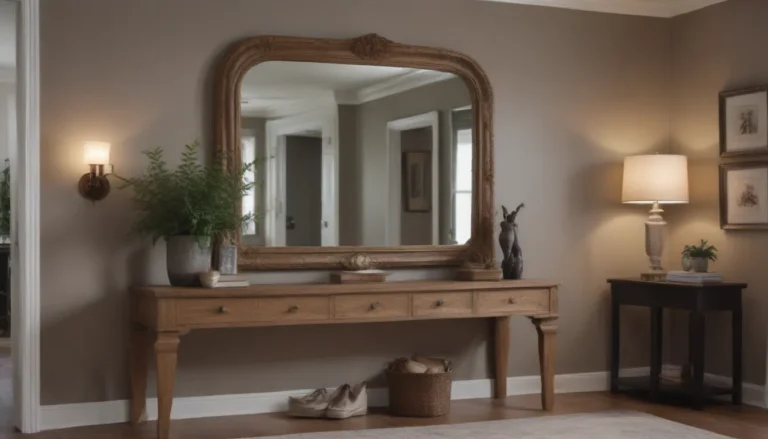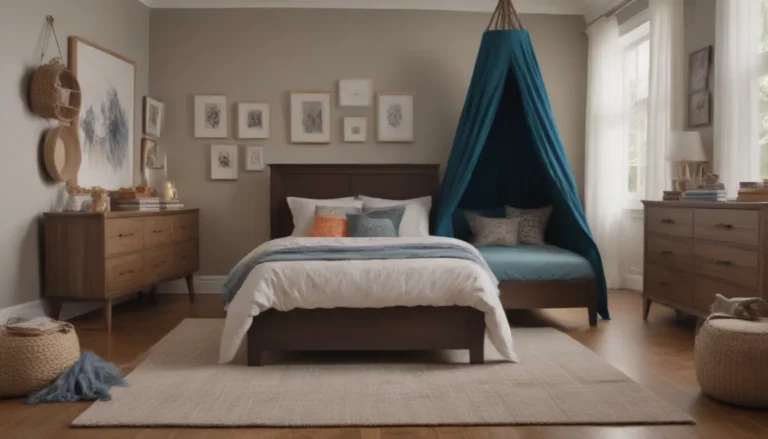Understanding the Distinction Between a Balustrade and Baluster

If you’re embarking on a project involving staircases, decks, or porch railings, it’s crucial to grasp the difference between a balustrade and a baluster. Whether you’re a seasoned handyman or a DIY enthusiast, knowing these terms will help you navigate the construction or repair process more effectively.
Unveiling the World of Balustrades
A balustrade consists of a row of small, evenly spaced vertical columns known as balusters, capped off by a railing referred to as a banister. These balusters come together to form the balustrade, providing support for the banister. The length of a balustrade can vary based on its intended use and design. Furthermore, it includes supporting baluster posts, post caps, and optional decorative finials. Balustrades find their place in various structures ranging from staircases and porches to balconies, terraces, and decorative elements.
Delving into Balusters
Balusters, on the other hand, are the vertical posts or legs that uphold the railing system. These crucial elements not only provide structural support but also enhance the overall aesthetic appeal of the rail system while ensuring safety by closing gaps that could pose potential hazards. Balusters can be constructed from an array of materials including wood, wrought iron, cast stone, precast concrete, and more. For a modern touch, metal balusters can be strategically spaced to support horizontal panels of glass, plastic, or wood.
Fun Fact: Balusters are also commonly referred to as spindles or pickets in certain contexts.
The Diversity of Baluster Shapes
The shape of a baluster plays a pivotal role in harmonizing with the architectural style of a building, be it a traditional or contemporary structure. Balusters come in a spectrum of designs, ranging from plain to intricately embellished patterns. These shapes offer endless possibilities for adding aesthetic value to your project, whether through smooth lines or intricate carvings.
The Role of a Balustrade
A balustrade, with its collection of balusters, goes beyond mere functionality to introduce an element of elegance and grandeur to a space. Balustrades can elevate the visual appeal of an area, evoking a sense of historic charm or classic sophistication akin to the balustrades adorning Italian villas or ancient palace terraces. However, beyond their aesthetic appeal, balustrades serve essential purposes that include:
- Compliance with Building Codes: Balustrades must adhere to specific building codes to ensure safety standards are met. In the United States, regulations stipulate that balusters should be spaced no more than 4 inches apart to prevent accidents, particularly concerning young children.
Interesting Tidbit: Some famous balustrades include those found at the Palace of Versailles and the Temple of Athena Nike in Athens.
In Conclusion
By understanding the nuanced differences between a balustrade and a baluster, you can approach your railing project with confidence and clarity. These essential components not only fulfill structural requirements but also contribute to the overall aesthetics of a space. Whether you’re revamping a staircase or adding a railing to your deck, the distinction between balusters and balustrades will guide you towards a successful and visually appealing end result.





